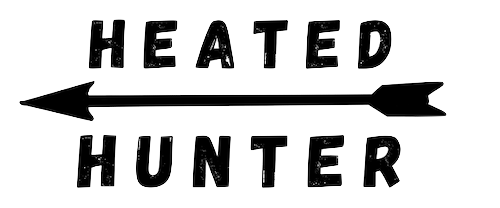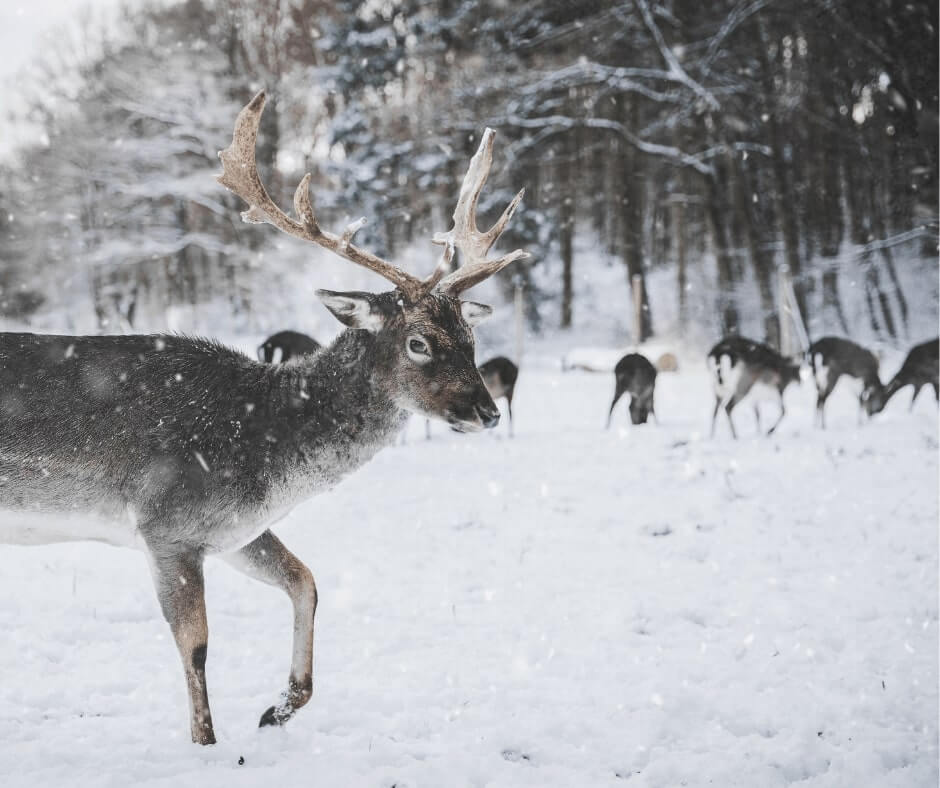
The rut is every deer hunter’s favorite time of year. This brings about plenty of unique deer behaviors and characteristics that you may not otherwise see any other time of the year.
If you can learn how to read and understand the whitetail rut body language and what it means, you can start to put together much better hunting plans and strategies to make the deer much more vulnerable and easier to hunt. Let’s go over some key behaviors and body language that you should be looking for while hunting the rut, and how it can help you kill that next big buck!
Phases of the Rut
First, it is important to understand the different phases of the rut that will occur every year. Whitetail will rut over the course of several weeks, slowly changing their behavior during each phase of the rut. The rut can be broken down into three main phases: the pre-rut, main rut, and post-rut. Each of these phases will see slightly different behaviors, although they will all showcase certain rut body language that you can key in on to better hunt the deer.
The Pre-rut Deer Behavior
The pre-rut phase is when you will first start to see behavior differences in deer and is when they will start to break away from their summer habits and rituals. During this phase, bucks will start to roam around more and begin to leave their mark on the area. This includes things like leaving scrapes or wallows on the ground or rubbing their antlers on trees and branches.
Bucks will start to exhibit different feeding and travel habits than what they are used to, so during the pre-rut you can capitalize on them getting out of their comfort zones. During this phase of the rut, focus on where the deer go to feed and where they bed. Although they will begin to wander outside of their “bedrooms”, they will tend to return to these places of comfort.
Rut Behavior and Body Language
The main rut is the time of year that the whitetail really begins to change their behavoirs. During the rut, you will want to pay close attention to what the bucks are doing in order to capitalize on this special time of year. Bucks will begin to walk much slower, and their heads will hang lower to the ground as they try to pick up scents as they move.
You will also notice that bucks will begin to swell up this time of the rut, appearing much larger than normal. This swelling typically occurs in the necks and shoulders of the deer, and they do this in order to appear more menacing to their rivals. Rutting bucks will also be much more prone to stopping every few steps to smell their surroundings, trying to pick up a doe in heat. While they may not always do this, a mature buck that is heavy in the rut will be more concerned with finding hot does than watching for potential threats from his surroundings.
Another easy-to-spot body language behavior to pick up on during the rut is chasing. Bucks will chase does around in order to convince them to breed. This is easy to spot and can provide a great opportunity to kill a buck that is focused on a doe, especially if she runs by your setup. This can make for quick and rushed shots, so it pays to always be ready when hunting during the rut.
It is important to note that the rut is often one of the coldest hunts of the year, and as we mentioned, shot opportunities can happen quickly. You should go into the rut with all of the right equipment, especially quality clothing that allows you to not only stay warm but flexible in order to make a quick shot. For this reason, something like the GoHuntVest can be a lifesaver while hunting during the rut. Not only does a vest like this keep your arms free and able to easily pull back your bow, but the heated interior will keep you warm and comfortable for all-day sits. You can pick one up for yourself at https://heatedhunter.co/
Post-Rut Behavior
The post-rut will see the bucks starting to leave the does and not chase them around. You will see them moving around much less, and starting to conserve their energy. They will still be using their noses as much as possible to possibly find those last few does in heat but will be much more hesitant to respond to calls or go into areas they are not familiar with.
Bucks are also much less likely to run around and chase each other or does, but it isn’t uncommon to see it either. The most common body language you will see this time of the rut will be tired, worn-out bucks that will keep their noses in the air and move with slow, methodical motions as they travel between their beds, feeding areas, and doe areas.
The post-rut is generally found in the later parts of the year and can be cold too, so make sure you bring along warm clothing like your GoHuntVest in order to stay warm during your hunts. Your best bet for success is to focus around popular food sources and bedding areas and wait for the big bucks to make the mistake of passing by as they are trying to find any last does. Just make sure you get your wind right!
Final Thoughts
By paying attention to the time of the rut and what the deer are doing, you can use a buck’s body language and behavior to figure out the best strategies to hunt him. The rut is a magical time of year for many hunters and armed with a little bit of knowledge, you can make it even more successful this next hunting season!


